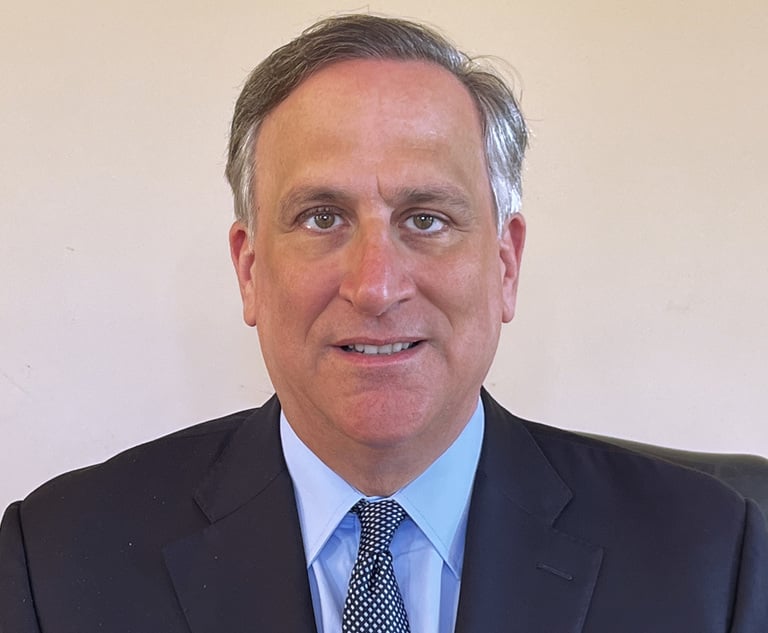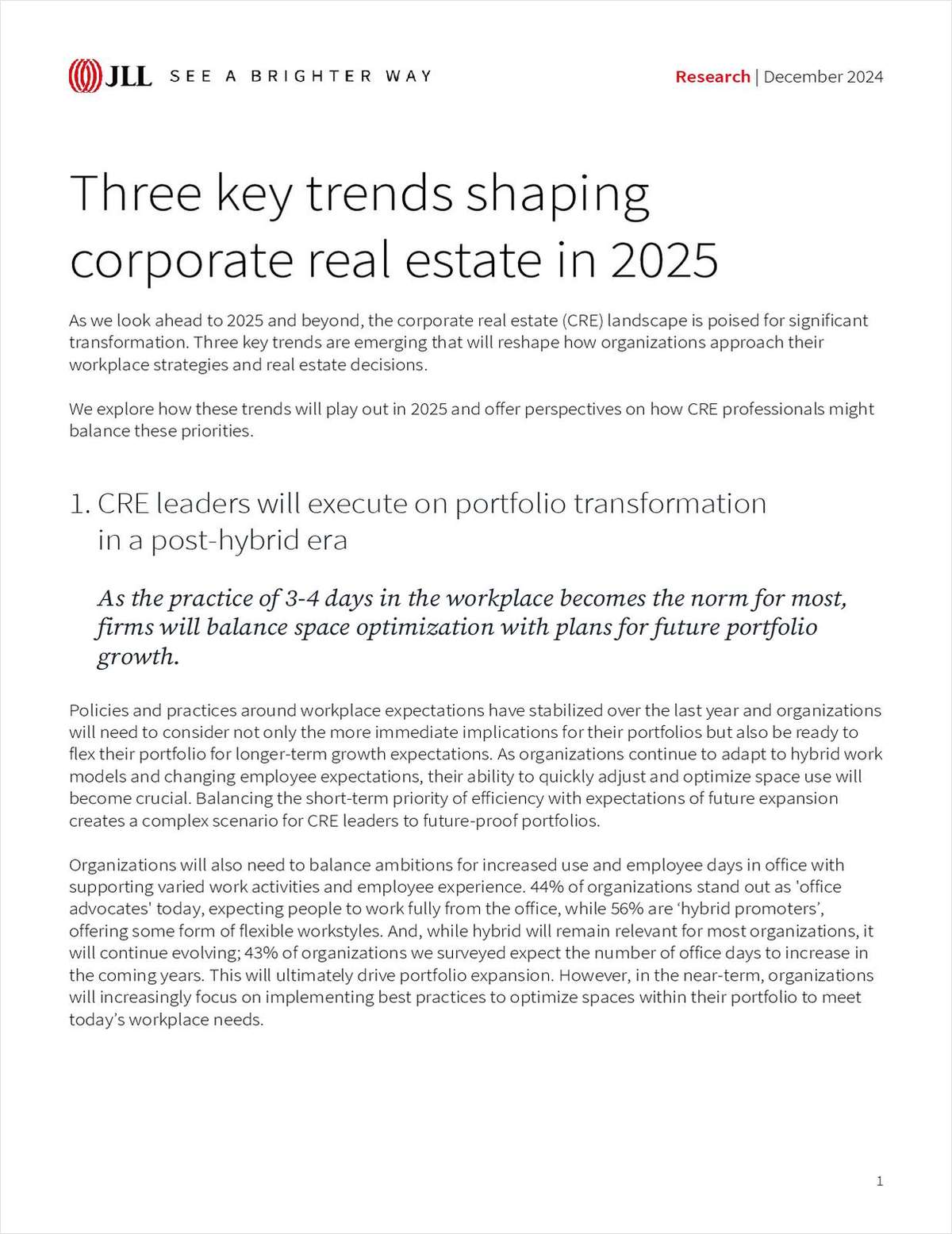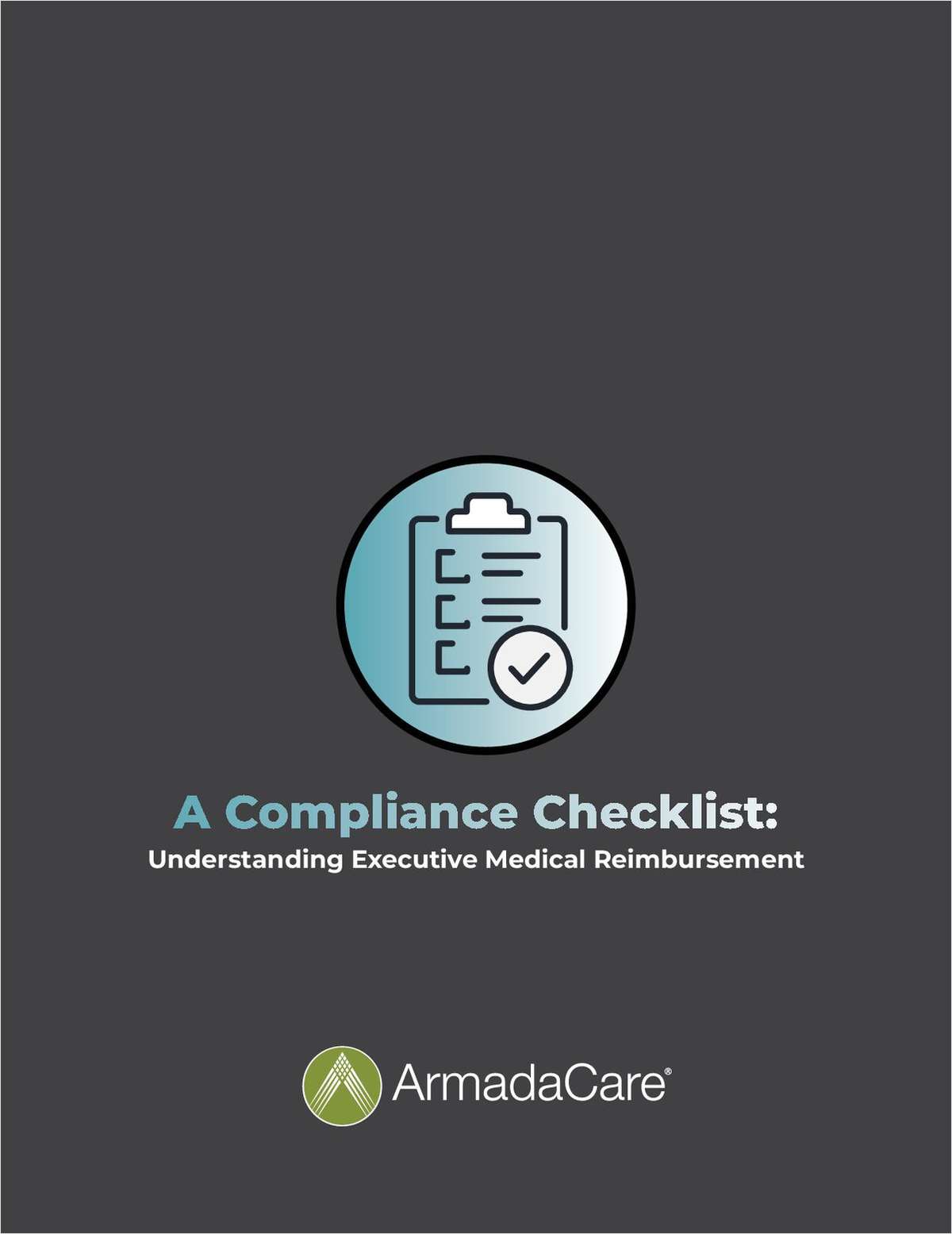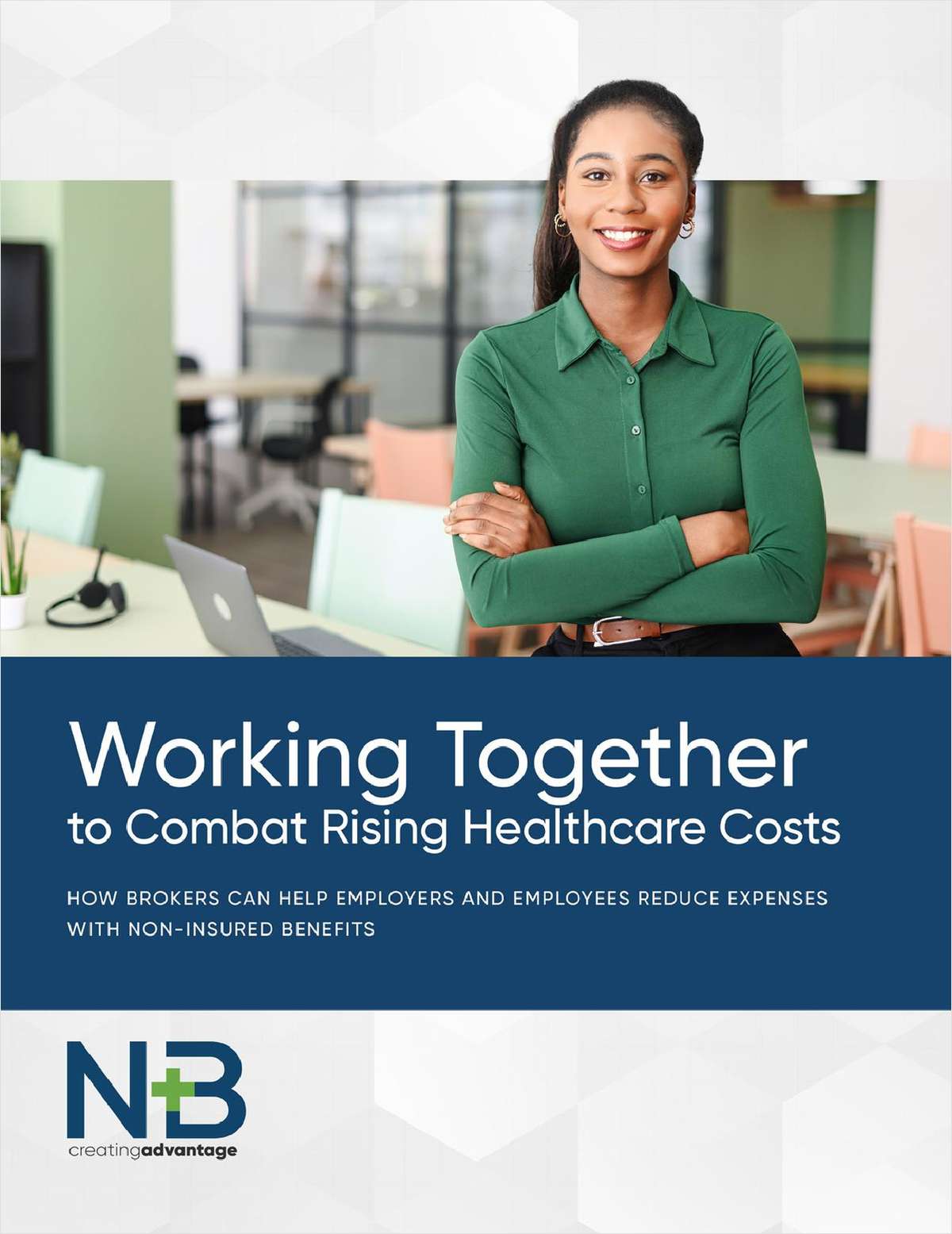Connecticut Courts Off to a Good Start With Conferencing
Connecticut courts have made the right move by embracing online video technology for hearings.
June 26, 2020 at 02:01 PM
4 minute read
 Video conferencing via Zoom and other applications has been used in courts across the country.
Video conferencing via Zoom and other applications has been used in courts across the country.
Editor's note: This commentary is updated. An earlier version was submitted in error.
One casualty of the COVID-19 crisis is live oral arguments on appeals. As far as we know, there have been none anywhere in the country since mid-March. But while trials—especially jury trials—have ground to a virtual halt, oral arguments have not. They have gone remote. They have done this in two principal ways: by video presentations and by old-fashioned telephone conference calls.
Connecticut courts have opted for video presentations. These are closer to live oral arguments than conference calls, but they require mass rescheduling to give the judges, counsel and technical staff a chance to prepare and run dress rehearsals to make sure they work properly. Video presentations also require more time for each appeal and more time between appeals. This has had a significant effect on the Appellate Court this spring, but not on the Supreme Court.
To be specific, the Supreme Court canceled its April term, but then held an April/May term with 14 cases assigned. The court will also hold a special term in June with 11 cases assigned. In 2019, the Supreme Court heard seven cases in April and seven more in May, so opting for video presentations appears to have only resulted in about a one-month delay. But the Supreme Court more than compensated for this delay by scheduling many more cases for argument in May and June than in the past.
On the other hand, the Appellate Court canceled the end of its March term, as well as its entire April term when it probably would have heard 50–60 cases, but then held a May term with 24 cases assigned and will hold a special term in June with 15 cases assigned. In 2019, the court heard 53 cases in April and 54 cases in May, so opting for video presentations appears to have resulted in considerably more than a one-month delay for many cases. However, the Appellate Court has been quite prompt in the past about scheduling oral arguments once all briefs are filed, so the backlog will probably be cleared up by the fall terms.
Judges from four federal Circuits—the Third, Sixth, Eleventh, and D.C. circuits—held a video conference in May to discuss their responses to the cancellation of live oral arguments. All four circuits immediately opted in mid-March for old-fashioned conference calls. Telephone conferences are further away from live arguments, but they require no rescheduling at all. The clerks told lawyers not to come to court but just to pick up their telephones at previously assigned times. In short, those courts did not skip a beat.
So which way is better?
There is quite a lot to be said about the Connecticut approach. You don't need any proof to know that, if you want to convince someone that you are right about an important issue, and you have the choice of picking up the telephone or going to see that person, you go. Seeing the person gives you all sorts of visual clues for how to make your presentation that a telephone call does not.
There were problems. Lawyers should not be asked by the court, as they were, if they were willing to waive oral argument. Courts are supposed to be open to the public but they were not; oral argument should have been delayed until that solvable problem was solved. If the COVID-19 crisis continues to prohibit live, in-person arguments, platforms used by other state appellate courts should be examined to see if they performed better than the platform used by the Connecticut Appellate Courts.
The federal judges said everything went smoothly on the telephone—the lawyers got in what they wanted to say and the judges got in their questions—but some of the judges also said they couldn't wait to get back to live oral arguments.
In our view, Connecticut has made a good start. The courts slowed down, figured out how to set up the video presentations properly and rescheduled the cases so lawyers could present their arguments as close to live and in-person as the current crisis permitted.
This content has been archived. It is available through our partners, LexisNexis® and Bloomberg Law.
To view this content, please continue to their sites.
Not a Lexis Subscriber?
Subscribe Now
Not a Bloomberg Law Subscriber?
Subscribe Now
NOT FOR REPRINT
© 2025 ALM Global, LLC, All Rights Reserved. Request academic re-use from www.copyright.com. All other uses, submit a request to [email protected]. For more information visit Asset & Logo Licensing.
You Might Like
View All
ADVANCE Act Offers Conn. Opportunity to Enhance Carbon-Free Energy and Improve Reliability With Advanced Nuclear Technologies

Trending Stories
- 1States Accuse Trump of Thwarting Court's Funding Restoration Order
- 2Microsoft Becomes Latest Tech Company to Face Claims of Stealing Marketing Commissions From Influencers
- 3Coral Gables Attorney Busted for Stalking Lawyer
- 4Trump's DOJ Delays Releasing Jan. 6 FBI Agents List Under Consent Order
- 5Securities Report Says That 2024 Settlements Passed a Total of $5.2B
Who Got The Work
J. Brugh Lower of Gibbons has entered an appearance for industrial equipment supplier Devco Corporation in a pending trademark infringement lawsuit. The suit, accusing the defendant of selling knock-off Graco products, was filed Dec. 18 in New Jersey District Court by Rivkin Radler on behalf of Graco Inc. and Graco Minnesota. The case, assigned to U.S. District Judge Zahid N. Quraishi, is 3:24-cv-11294, Graco Inc. et al v. Devco Corporation.
Who Got The Work
Rebecca Maller-Stein and Kent A. Yalowitz of Arnold & Porter Kaye Scholer have entered their appearances for Hanaco Venture Capital and its executives, Lior Prosor and David Frankel, in a pending securities lawsuit. The action, filed on Dec. 24 in New York Southern District Court by Zell, Aron & Co. on behalf of Goldeneye Advisors, accuses the defendants of negligently and fraudulently managing the plaintiff's $1 million investment. The case, assigned to U.S. District Judge Vernon S. Broderick, is 1:24-cv-09918, Goldeneye Advisors, LLC v. Hanaco Venture Capital, Ltd. et al.
Who Got The Work
Attorneys from A&O Shearman has stepped in as defense counsel for Toronto-Dominion Bank and other defendants in a pending securities class action. The suit, filed Dec. 11 in New York Southern District Court by Bleichmar Fonti & Auld, accuses the defendants of concealing the bank's 'pervasive' deficiencies in regards to its compliance with the Bank Secrecy Act and the quality of its anti-money laundering controls. The case, assigned to U.S. District Judge Arun Subramanian, is 1:24-cv-09445, Gonzalez v. The Toronto-Dominion Bank et al.
Who Got The Work
Crown Castle International, a Pennsylvania company providing shared communications infrastructure, has turned to Luke D. Wolf of Gordon Rees Scully Mansukhani to fend off a pending breach-of-contract lawsuit. The court action, filed Nov. 25 in Michigan Eastern District Court by Hooper Hathaway PC on behalf of The Town Residences LLC, accuses Crown Castle of failing to transfer approximately $30,000 in utility payments from T-Mobile in breach of a roof-top lease and assignment agreement. The case, assigned to U.S. District Judge Susan K. Declercq, is 2:24-cv-13131, The Town Residences LLC v. T-Mobile US, Inc. et al.
Who Got The Work
Wilfred P. Coronato and Daniel M. Schwartz of McCarter & English have stepped in as defense counsel to Electrolux Home Products Inc. in a pending product liability lawsuit. The court action, filed Nov. 26 in New York Eastern District Court by Poulos Lopiccolo PC and Nagel Rice LLP on behalf of David Stern, alleges that the defendant's refrigerators’ drawers and shelving repeatedly break and fall apart within months after purchase. The case, assigned to U.S. District Judge Joan M. Azrack, is 2:24-cv-08204, Stern v. Electrolux Home Products, Inc.
Featured Firms
Law Offices of Gary Martin Hays & Associates, P.C.
(470) 294-1674
Law Offices of Mark E. Salomone
(857) 444-6468
Smith & Hassler
(713) 739-1250












